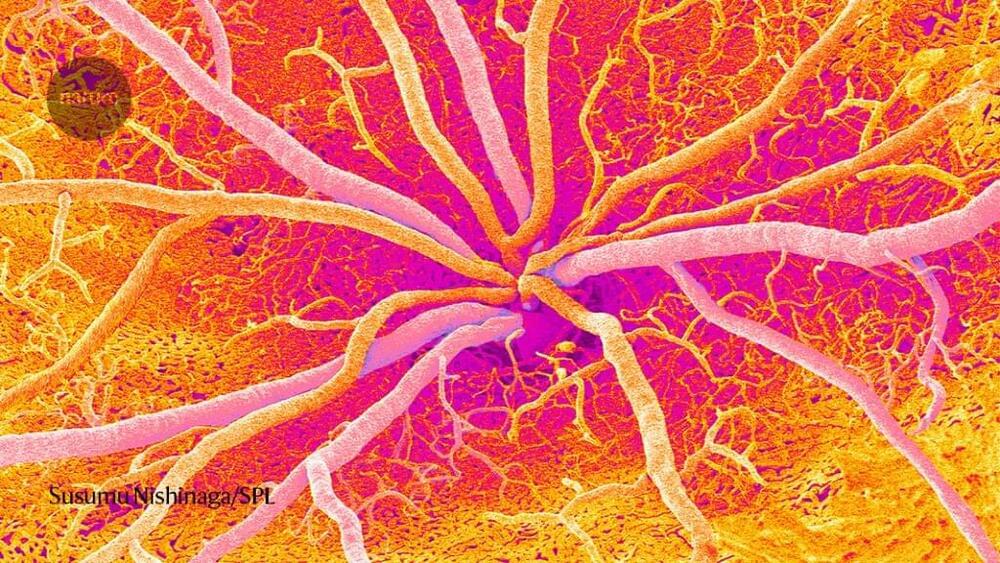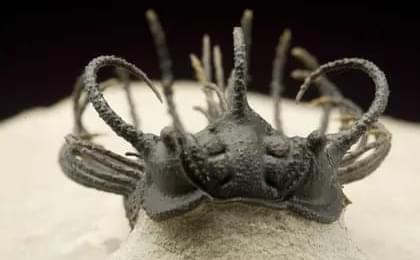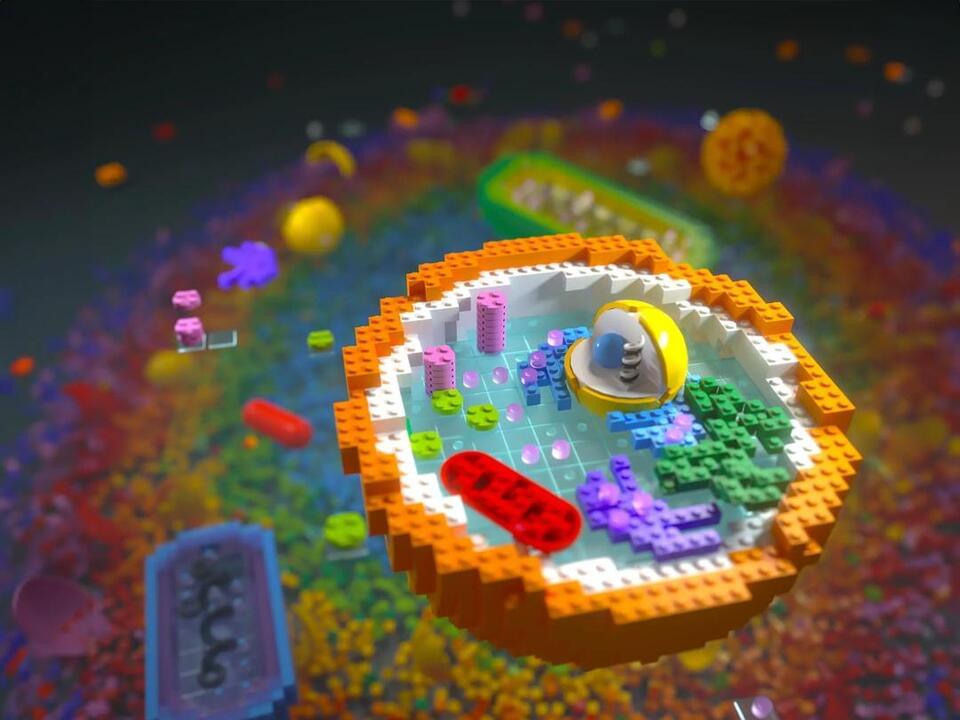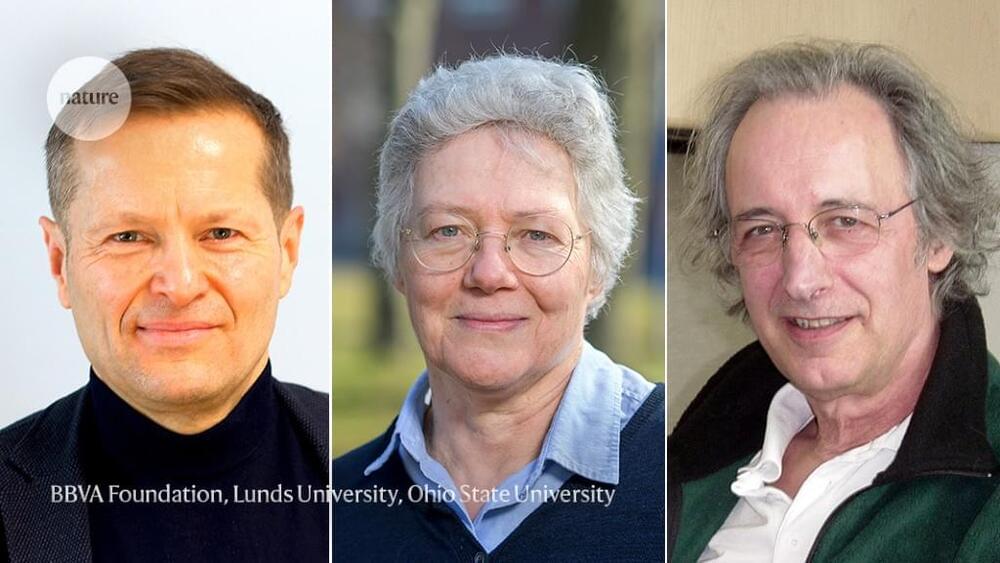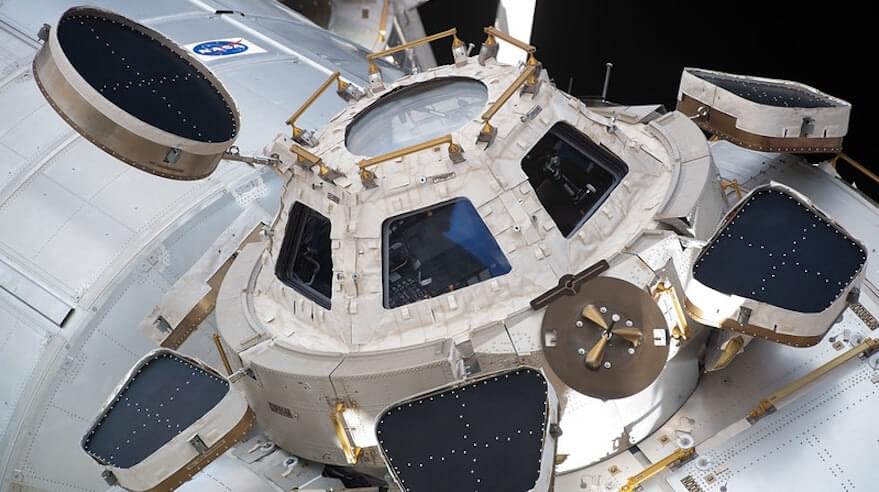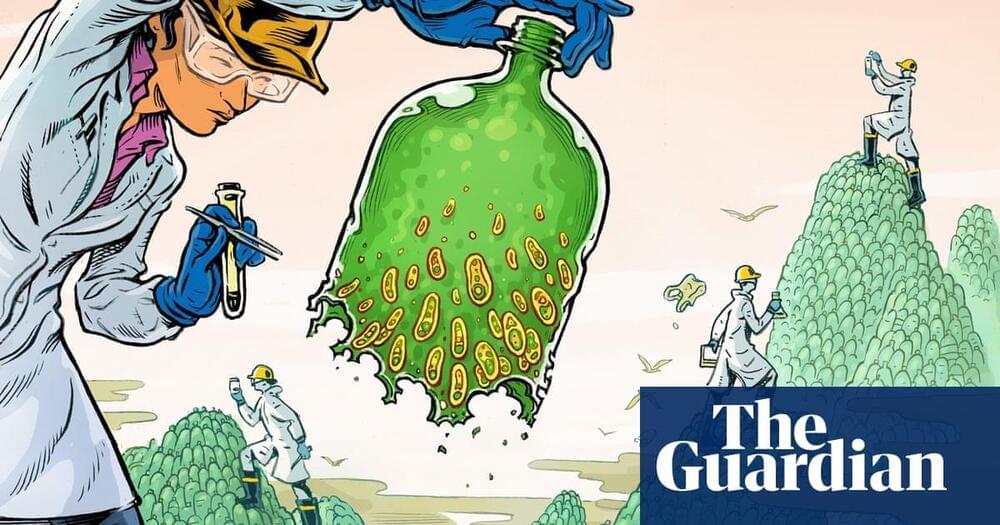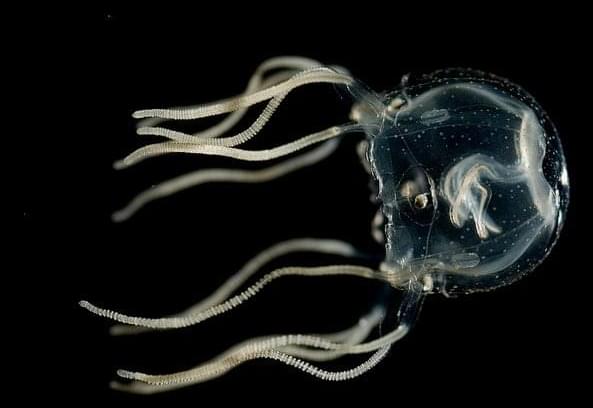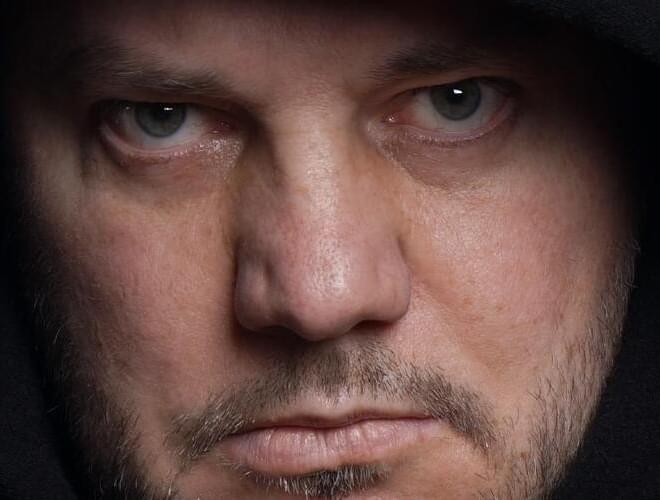Archive for the ‘biological’ category: Page 51
Oct 6, 2023
Machine Learning in the Search for Agnostic Biosignatures
Posted by Joseph Barney in categories: biological, robotics/AI, space
That looks promising. 90% accuracy isn’t bad. Now the trick is getting there though we have options on our own solar system possibly. You never know until you try. I doubt we’ll find high level life remnants but perhaps something much less like at most insect level but more likely microbial. I’m just guessing of course.
A team of scientists supported in part by NASA have outlined a simple and reliable method to search for signs of past or present life on other worlds that employs machine learning techniques. The results show that the method can distinguish both modern and ancient biosignatures with an accuracy of 90 percent.
The method is able to detect whether or not a sample contains materials that were tied to biological activity. What the research team refers to as a “routine analytical method” could be performed with instruments on missions including spacecraft, landers, and rovers, even before samples are returned to Earth. In addition, the method could be used to shed light on the history of ancient rocks on our own planet.
Continue reading “Machine Learning in the Search for Agnostic Biosignatures” »
Oct 5, 2023
Harnessing AI & Longevity Science — A Blueprint for Lifespan Extension (Tina Woods)
Posted by Shubham Ghosh Roy in categories: biological, genetics, policy, quantum physics, robotics/AI, science, wearables
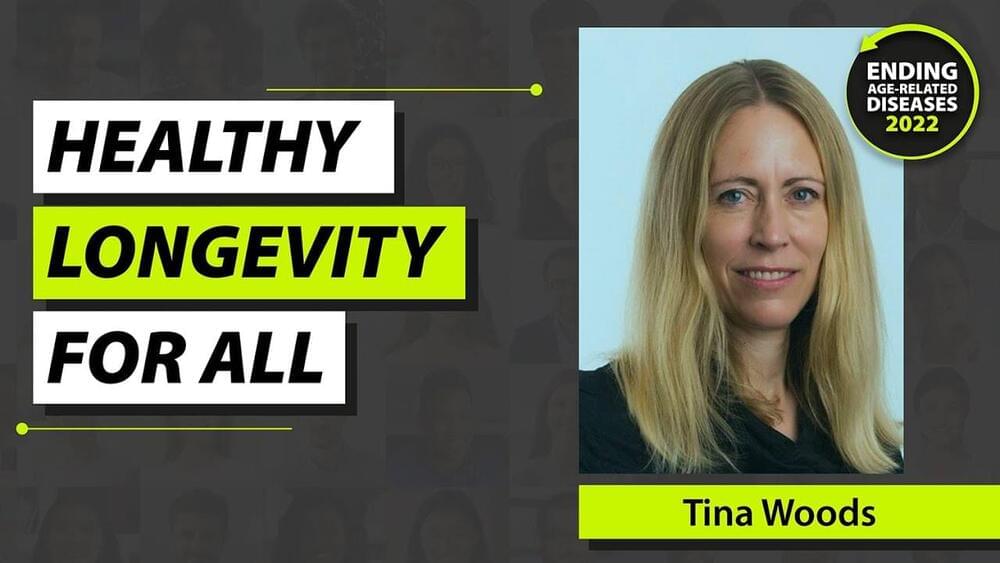
Tina Woods, serving as Healthy Longevity Champion for the National Innovation Center for Aging, sets forth her vision for a blueprint for healthy longevity for all. Her emphasis is on reaping the “longevity dividend” and achieving five additional years of healthy life expectancy while reducing health and wellbeing inequality. Woods elaborates on the role of emerging technologies like AI, machine learning, and advanced data analysis in comprehending and influencing biological systems related to aging. She also underscores the crucial role of lifestyle changes and the consideration of socio-economic factors in increasing lifespan. The talk also explores the burgeoning field of emotion AI and its application in developing environments for better health outcomes, with a mention of “Longevity Cities,” starting with a trial in Newcastle. In closing, Woods mentions the development of a framework for incentivizing businesses through measurement of their contribution to health in three areas: workforce health, consumer health through products and services, and community health. Woods envisions a future where businesses impacting health negatively are disincentivized, and concludes with the hope that the UK’s healthy longevity innovation mission can harness longevity science and data innovation to improve life expectancy.
00:00:00 — Introduction, National Innovation Center for Aging.
00:00:56 — Discussion on stagnating life expectancy and UK’s life sciences vision.
00:03:50 — Technological breakthroughs (including AI) in analyzing biological systems.
00:06:22 — Understanding what maintains health & wellbeing.
00:08:30 — Hype, hope, important of purpose.
00:10:00 — Psychological aging and “brain capital.“
00:13:15 — Ageism — a barrier to progress in the field of aging.
00:15:46 — Health data, AI and wearables.
00:18:44 — Prevention is key, Health is an asset to invest in.
00:19:13 — Longevity Cities.
00:21:19 — Business for Health and industry incentives.
00:23:13 — Closing.
Oct 4, 2023
From Atoms to Organisms: “Assembly Theory” Unifies Physics and Biology To Explain Evolution and Complexity
Posted by Dan Breeden in categories: biological, evolution, particle physics
“Assembly Theory,” a pioneering theoretical framework bridging physics and biology, offers transformative insights into biological evolution and its place within universal physical laws. With applications from…
Oct 3, 2023
Physicists who built ultrafast ‘attosecond’ lasers win Nobel Prize
Posted by Dan Breeden in categories: biological, chemistry, particle physics, quantum physics
This year’s Nobel Prize in Physics has been awarded to three physicists — Pierre Agostini at Ohio State University, US, Ferenc Krausz at the Max Planck Institute of Quantum Optics in Garching, Germany, and Anne L’Huillier at Lund University, Sweden — for their research into attosecond pulses of light.
Attosecond physics allows scientists to look at the very smallest particles at the very shortest timescales (an attosecond is one-quintillionth of a second, or one-billionth of a nanosecond). The winners all developed experiments to be able to produce these ultrafast laser pulses, which can be used to probe our world at the smallest scales and have applications across chemistry, biology and physics.
The prize was announced this morning by the Royal Swedish Academy of Sciences, in Stockholm, Sweden. The winners share a prize of 11 million Swedish kroner (US$1 million).
Oct 3, 2023
How Microbes Could Aid the Search for Extra-Terrestrial Life
Posted by Dan Breeden in category: biological
Microbes have survived the ravages of time, withstood inhospitable conditions and shaped Earth uniquely, prompting research into the plausibility that microbial life might exist beyond our planet.
Oct 2, 2023
11 Best Biological Age Tests for 2024
Posted by Rachel Burger in categories: biological, life extension
Do you use biological age tests to quantify your fitness goals? I updated this piece with the latest products (there are a ton) and found a few discount codes too.
Update 10/2/2023: This post has been updated since we originally published it. I evaluated additional top biological age tests for 2024, removed companies that are no longer offering tests, and updated the post to reflect the most recent pricing. The post has been cleaned up and links were made current.
According to TikTok, I’m either 46-years-old, 37-years-old, or 29-years-old. As a 34-year-old woman, that’s, ahem, less than ideal.
Oct 2, 2023
‘We are just getting started’: the plastic-eating bacteria that could change the world
Posted by Marcia Wiegand in categories: biological, sustainability
How do we feel about this Lifeboat?
The long read: When a microbe was found munching on a plastic bottle in a rubbish dump, it promised a recycling revolution. Now scientists are attempting to turbocharge those powers in a bid to solve our waste crisis. But will it work?
Sep 30, 2023
These Adorable Jellyfish Show Learning Doesn’t Even Require a Brain
Posted by The Neuro-Network in categories: biological, neuroscience
Tiny, brainless jellyfish just did something that on the surface may seem impossible: the adorable creatures showed evidence of learning.
Even with just 1,000 neurons active at a time and no central brain, Caribbean box jellyfish (Tripedalia cystophora) can learn from experience, researchers argue in a new paper published September 22 in the journal Current Biology. The results aren’t surprising, say several scientists not involved in the project, but are a reminder for people to think more broadly about learning.
“If you’re an animal and have to navigate the world, you have to learn cues and consequences. Otherwise you’re dead, and you can’t reproduce,” says Christie Sahley, a… More.
Continue reading “These Adorable Jellyfish Show Learning Doesn’t Even Require a Brain” »
Sep 29, 2023
Individuals prone to antisocial behavior age faster, study finds
Posted by The Neuro-Network in categories: biological, life extension
An analysis of data from the Dunedin Multidisciplinary Health and Development study, a large longitudinal study in New Zealand, showed that participants with a history of antisocial behavior had a significantly faster pace of biological aging. When these individuals reached the calendar age of 45, they were on average 4.3 years older biologically compared to those who had lower levels of antisocial behavior. The study was published in the International Journal of Environmental Research and Public Health.
Antisocial behavior refers to actions that consistently violate social norms, disregard the rights of others, and often involve a lack of empathy or remorse. It involves behaviors such as deceitfulness, aggression, theft, violence, lying, and other behaviors that are harmful, manipulative, or exploitative towards others.
Antisocial behavior is typically associated with youth. This type of behavior starts between the ages of 8 and 14, peaks between 15 and 19, and usually becomes less frequent between the ages of 20 and 29. Although it becomes less common with age, it seems to have a lasting negative impact on health. Studies have shown that individuals who exhibit antisocial behaviors in their youth tend to have worse health outcomes as adults compared to their peers.
